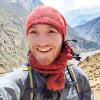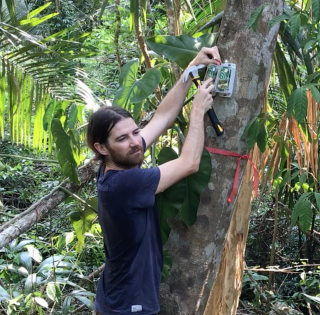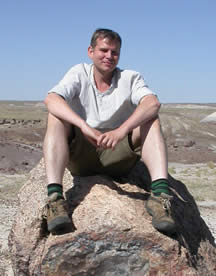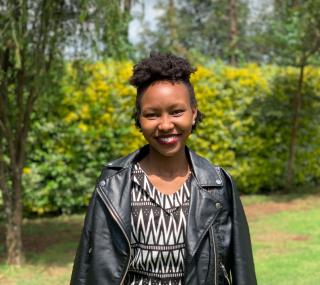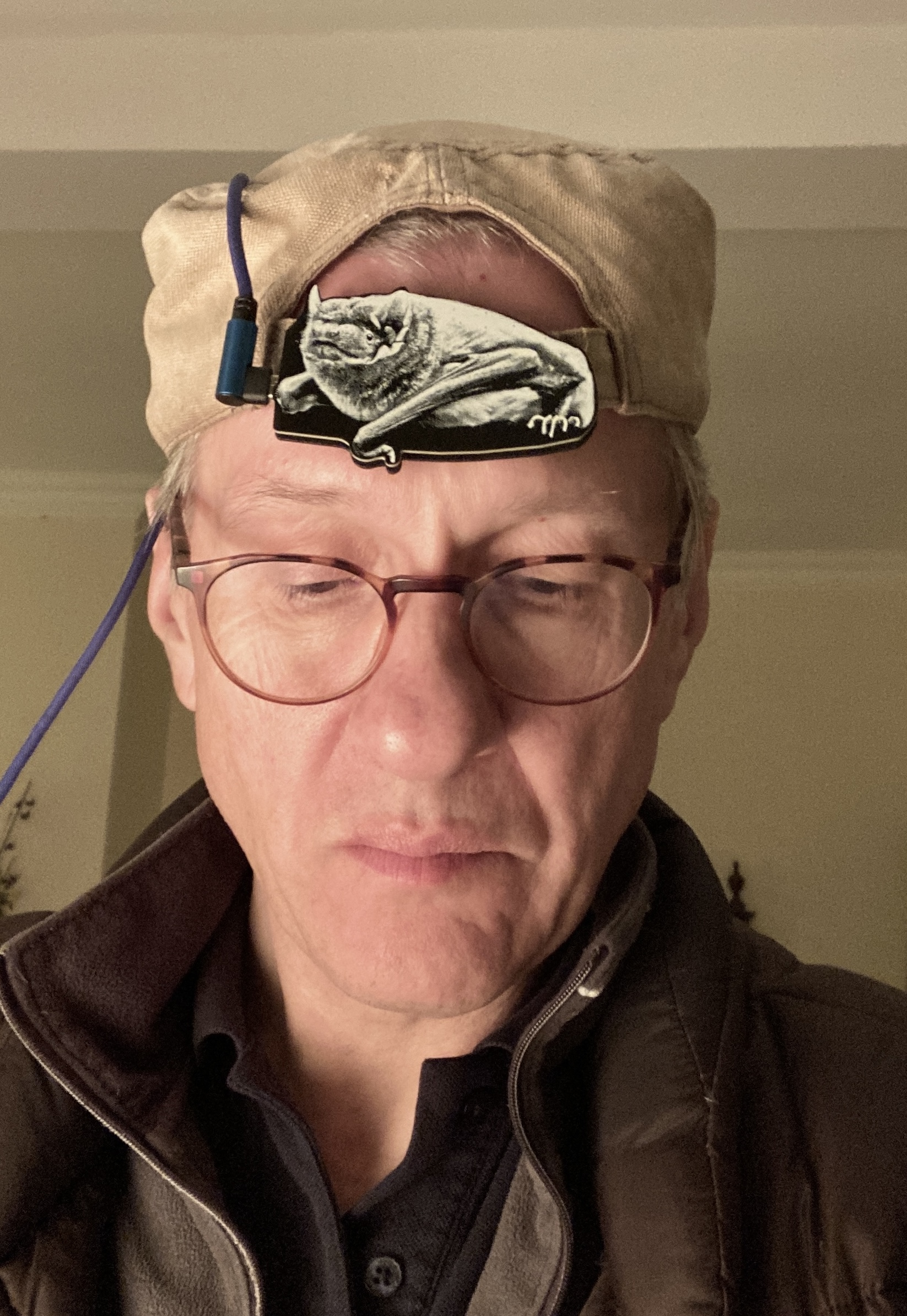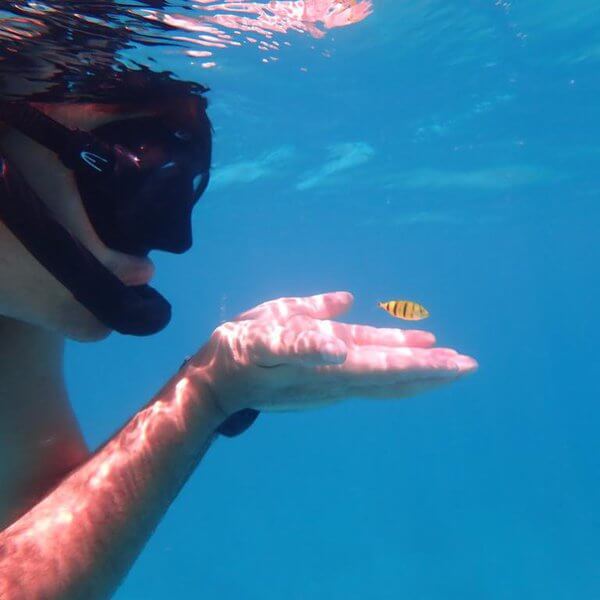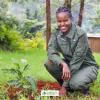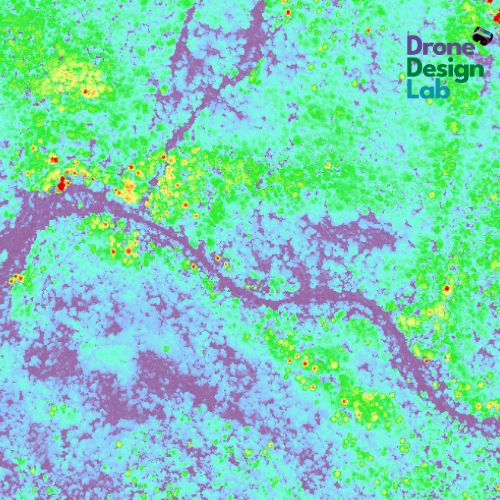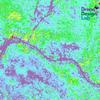Acoustic sensors enable efficient and non-invasive monitoring of a wide range of species, including many that are difficult to monitor in other ways. Although they were initially limited in application scope largely due to cost and hardware constraints, the development of low-cost, open-source models like the Audiomoth in recent years has increased access immensely and opened up new avenues of research. For example, some teams are using them to identify illicit human activities through the detection of associated sounds, like gunshots, vehicles, or chainsaws (e.g. OpenEars).
With this relatively novel dimension of wildlife monitoring rapidly advancing in both marine and terrestrial systems, it is crucial that we identify and share information about the utility and constraints of these sensors to inform efforts. A recent study identified advancements in hardware and machine learning applications, as well as early development of acoustic biodiversity indicators, as factors facilitating progress in the field. In terms of limitations, the authors highlight insufficient reference sound libraries, a lack of open-source audio processing tools, and a need for standardization of survey and analysis protocols. They also stress the importance of collaboration in moving forward, which is precisely what this group will aim to facilitate.
If you're new to acoustic monitoring and want to get up to speed on the basics, check out these beginner's resources and conversations from across the WILDLABS platform:
Three Resources for Beginners:
- Listening to Nature: The Emerging Field of Bioacoustics, Adam Welz
- Ecoacoustics and Biodiversity Monitoring, RSEC Journal
- Monitoring Ecosystems through Sound: The Present and Future of Passive Acoustics, Ella Browning and Rory Gibb
Three Forum Threads for Beginners:
- AudioMoth user guide | Tessa Rhinehart
- Audiomoth and Natterjack Monitoring (UK) | Stuart Newson
- Help with analysing bat recordings from Audiomoth | Carlos Abrahams
Three Tutorials for Beginners:
- "How do I perform automated recordings of bird assemblages?" | Carlos Abrahams, Tech Tutors
- "How do I scale up acoustic surveys with Audiomoths and automated processing?" | Tessa Rhinehart, Tech Tutors
- Acoustic Monitoring | David Watson, Ruby Lee, Andy Hill, and Dimitri Ponirakis, Virtual Meetups
Want to know more about acoustic monitoring and learn from experts in the WILDLABS community? Jump into the discussion in our Acoustic Monitoring group!
Header image: Carly Batist
- 0 Resources
- 0 Discussions
- 8 Groups
University of Adelaide

- 0 Resources
- 10 Discussions
- 17 Groups
- @pbull
- | he/him
DrivenData
Engineer and AI for Good leader working on bringing machine learning tools to social impact organizations.

- 0 Resources
- 1 Discussions
- 8 Groups
- 0 Resources
- 0 Discussions
- 4 Groups
- @ronanwallace
- | He/Him
Research scientist developing conservation technology in environmental monitoring and cultural preservation.
- 0 Resources
- 0 Discussions
- 5 Groups
- 0 Resources
- 0 Discussions
- 1 Groups
- 0 Resources
- 0 Discussions
- 6 Groups
TerrOïko
I am an ecological data engineer at Terroïko, where I work on OCAPI, a platform for semi-automatic camtrap data annotation, biodiversity data interoperability and biodiversity indicators.


- 0 Resources
- 10 Discussions
- 6 Groups
- @shana
- | she/her
I am a Senior Research Scientist in the Department of Human Centered Design and Engineering at the University of Washington. I am a researcher with the eDNA Collaborative and Co-Director of the Pacific Marine Energy Center.

- 2 Resources
- 2 Discussions
- 8 Groups
- @douggillespie
- | he/his
University of St Andrews
PAMGuard software developer
- 0 Resources
- 3 Discussions
- 5 Groups
- @catwasp
- | She/her
- 0 Resources
- 0 Discussions
- 19 Groups
Fauna & Flora
- 0 Resources
- 0 Discussions
- 3 Groups
This latest chapter in the Conservation Technology Series from WWF-UK looks at the opportunities, challenges and state-of-the-art of satellite remote sensing for conservation applications. This issue reviews available...
23 April 2018
Hundreds of people joined our #Tech4Wildlife photo challenge this year, showcasing all the incredible ways tech is being used to support wildlife conservation. We've seen proximity loggers on Tasmanian Devils in...
3 March 2018
Our panel of international experts has been hard at work reviewing the 47 proposals we recieved for innovative technological tools to address human wildlife conflict. The panelists have systematically been assessing the...
20 October 2017
The inherent complexity of not only deploying technologies in the field but also doing so in a scientifically rigorous manner can prove a substantial barrier for the effective use of conservation technologies, and clear...
11 October 2017
Its been a busy couple of months for the Open Acoustic Devices team. They've just returned back from Belize where they have been trialling the new AudioMoth design for gunshot detection. Find out what they've been up to...
27 June 2017
Are you ready for this year's #Tech4Wildlife Photo Challenge? In anticipation, we're counting down our ten favourite entries from last year. Do you think you can top these?
1 March 2017
The Conservation Leadership Programme (CLP) is a training and capacity building programme that targets individuals from developing countries who are early in their conservation career and demonstrate leadership...
21 November 2016
Do you work on conserving Neotropical migratory birds? Do you need funding? Why not apply for a grant from the U.S. Fish and Wildlife Service through the Neotropical Migratory Bird Conservation Act's grant program? The...
8 November 2016
Caves don't tend to be well-liked ecosystems, being extremely dark, often quite cramped, and slippery. And the creepy-crawlies that live within them can be the stuff of nightmares. Nevertheless, one's attitude towards...
25 July 2016
More than half of all primate species are endangered, including our closest living relative, the chimpanzee. Could Passive Acoustic Monitoring (PAM) be applied to primates as well as it has been for other taxa? In this...
29 June 2016
Since 2013, volunteer citizen scientists taking part in the Norfolk Bat Survey have generated over 1.2 million bat recordings, making this one of the most extensive high-quality datasets for bats collected by citizen...
5 February 2016
New horizon scanning report published this month identifies 15 emerging threats and opportunities for global biodiversity.
3 February 2016
June 2025
July 2025
September 2025
event
October 2025
November 2025
event
April 2023
event
61 Products
| Description | Activity | Replies | Groups | Updated |
|---|---|---|---|---|
| Okay, super! Really nice thread you started. It’s great to get these insights.With my own experiments, as you mentioned, accuracy is very good within the polygons. But in addition... |
|
Acoustics | 6 months 1 week ago | |
| The PCB mount terminals are actually quite robust and paired with a lock washer and something that would better secure the nylon (e.g., a piece of flat grooved plastic to add... |
|
Acoustics, Conservation Dogs, Sensors | 6 months 1 week ago | |
| I guess, you know USB digital audio | Android Open Source Project. from which I conclude it should be possible, however, my Android experience is also zero. |
|
Acoustics | 6 months 1 week ago | |
| PCBs back, working great but right now a custom firmware build ("force_27"), need to make sure all is well with the standard build. This of course a non-switch version. |
|
Acoustics | 6 months 3 weeks ago | |
| Hi Brett, I am interested in developing really low cost multi channel underwater acoustic recorders. Can you tell me a bit more about the board and stuff you were using... |
|
Build Your Own Data Logger Community, Acoustics, Camera Traps, Climate Change, East Africa Community, Marine Conservation, Open Source Solutions, Protected Area Management Tools | 7 months ago | |
| These would be infrasound, so no the sealed volume doesn't need to be buried. It only needs to be a few cc total volume for a single element. I found an old poster... |
+12
|
Acoustics | 7 months ago | |
| Thanks, we know they are breeding these animals here, I asked, since it's seems to be an expensive hobby, we need to allocate more funding for rural women in entrepreneurship and... |
|
Acoustics, Animal Movement, Citizen Science, Human-Wildlife Conflict, Protected Area Management Tools, Wildlife Crime | 7 months 1 week ago | |
| Here is the final, dramatic word. I built a pipistrelle (noisier than a pippyg so a good test) and used non-ceramic capacitors and played with ferrites and 1R resistors. ... |
+14
|
Acoustics | 7 months 1 week ago | |
| WildMon, Terra Genesis, The VF Foundation, Thaksin University, and the Wanakaset Symbiosis Network have teamed up on a new project in... |
|
Acoustics, AI for Conservation, Community Base | 7 months 1 week ago | |
| This looks awesome! |
|
Acoustics | 7 months 2 weeks ago | |
| I would love to see my bat detector designs in use in Africa - drop me a line, let's see if we can get something to happen - I'm pipistrelledetector at gmail dot comhttp://www.... |
|
Citizen Science, Acoustics, Conservation Tech Training and Education, Human-Wildlife Conflict | 7 months 3 weeks ago | |
| Hi Phil, Thanks for sharing - this is really interesting work! Seems like a cool integration of ground-based (or ocean-based) data and satellite data, with a community... |
|
Geospatial, Acoustics, Camera Traps, eDNA & Genomics | 7 months 4 weeks ago |




